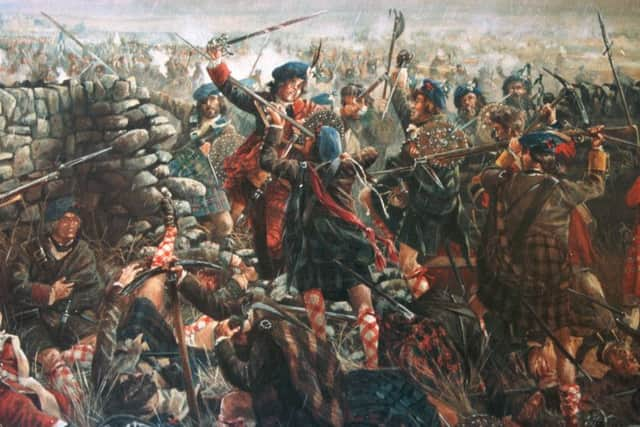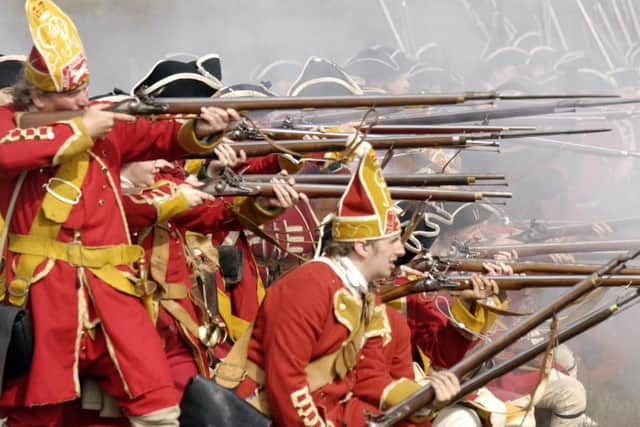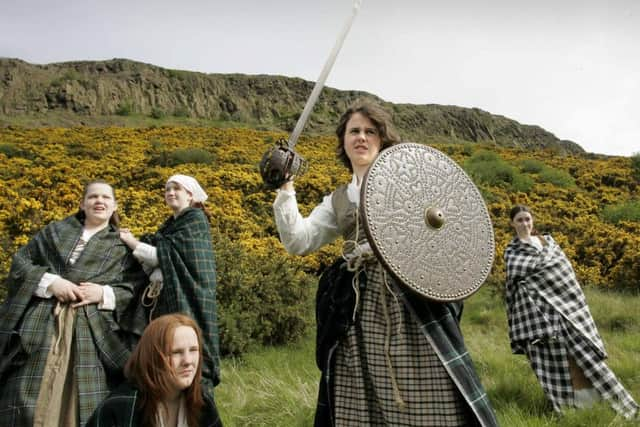King James VII of Scotland - myths busted


Historian Alastair Mann examines the life of King James VII, the last king of Scotland.
Was he really an authoritarian and bigoted Catholic not much interested in Scotland? and was he responsible for producing the religious crisis that began with the revolution of 1688?
Advertisement
Hide AdAutumn 2015 is the 300th anniversary of the Jacobite rebellion of 1715 when the supporters of James Francis Stuart (the Old Pretender) attempted by force to return to the throne the exiled Stuarts.


It was a close call, as seen in the Battle of Sheriffmuir, near Stirling, in November that year, a tense and bloody draw.
The government in London was certainly alarmed. But how did this come to pass?
It takes us back to James VII of Scotland and II of England,
James Francis’s father and the man who put the ‘James’ into Jacobitism, the king removed by revolution in 1688/9 and replaced by William of Orange; the monarch condemned for authoritarianism, weak personality, Catholic faith, sheer incompetence and cowardice.


Most Scots were anti-Jacobite in any case. He was surely a bad king and so a bad king of Scots.
Advertisement
Hide AdSome of this negativism is hard to shift. From disgruntled Presbyterians who blamed James for the persecution of Covenanters in the 1670s and 1680s, political men who supported 1688 and William’s successors through a string of Hanoverian kings called George, down to sectarian critics in the modern island of Ireland, there is a strongly negative view of his reputation.
Even his contemporary followers and subsequent apologists have drawn attention to political weaknesses which saw him fail, in a Scottish context, to galvanise sufficient support from the political and military classes of his own time. However, what was he like at a personal level, and was he much interested in Scotland?
Advertisement
Hide AdIn personality James was much less authoritarian than some suggest. He was a devoted family man, very loyal to his friends and servants, though he expected the same in return.


In spite of his Catholic religious convictions he was generally tolerant of those who were not of the Church of Rome, and counted Quakers, and Scottish and English Episcopalians as close friends, and a few moderate Presbyterians besides. It was his strong faith that enabled him to feel this way – he believed that all would become Catholics given time and so it was pointless to persecute those who had not yet come in from the cold.
After his father Charles I was removed from power in the 1640s by the Covenanter rebellion in Scotland and Civil War in England, James and his elder brother Charles II spent youthful years in exile mostly in Paris and in the Netherlands.
A compulsive man of action, in the 1650s the young James became a cavalry officer in the armies of France and Spain and soon commanded whole armies. He was a first class horseman and distinguished himself under fire as he rode around the battlefields of Europe. Later after he Charles returned to Britain in 1660, James was confirmed in the post of Lord Admiral of England and Scotland and commanded the English fleet in campaigns against the Dutch in the 1660s and 1670s.
His service was full of near misses and the death of comrades standing only feet away. Hispersonal bravery in the field or at sea is not in doubt. What he feared, both in 1688 and 1690, was not death but capture; capture in the way of his father Charles I, a lingering wait in the
Tower of London followed by a slow walk to the cold embrace of the executioner’s axe. No, few European princes were as brave as he.
Advertisement
Hide AdUnlike his brother, who hated most Scots during and after his twelve months in the northern kingdom 1650/1, and King William who never visited or much cared, James spent two years living in Scotland from 1679 to 1682 and engaged thoroughly in the experience. There he not only managed the Edinburgh Parliament for his brother, in what was a political triumph, but also put centre stage the military, cultural and economic interests of Scotland. He instigated commission to enquire into the state of Scotland’s economy and furthered the idea of a great trading company of Scotland.
Although not all candidates were to everyone’s liking, he vetted the appointments of Scottish Protestant bishops and offered them his support during the sectarian tensions of the 1670s and 1680s. James also made his mark in a remarkable statement of dynastic pride. He was the driving force behind the commissioning of 111 portraits of the kings of Scots by the Dutch painter Jacob de Wet II.
Advertisement
Hide AdThese were painted between 1684 and 1686 and still hang at Holyrood Palace. In the home of his final exile, the palace of Saint-Germain outside Paris, one of the symbolic centrepieces was Nicolas de Largillière’s 1692 portrait of St Margaret, the medieval queen of Scotland.
What better way to emphasise his right to rule than St Margaret, both as a prince and a royal saint of Scotland.
Earlier when in Scotland he even took up golf, playing regularly on Leith links, and developing considerable ability. At one point he took as his partner a shoemaker called Paterson who was something of a sensation at the game. When he and James won their pairs James let Paterson keep the prize money. He also learnt to play curling in the local frozen lochs.
He was familiar with the pastimes and traditions of the Scots.
Therefore, as a duke and king of Scots, James had more credibility than his father and brother, engaging with Scottish affairs, be they economic, military, cultural or religious. One further aspect confounds expectations – he would have voted ‘yes’ in the referendum for Scottish independence.
He believed in the union of the crowns not in the parliamentary union of England and Scotland. As for his reputation, he made serious political miscalculations no doubt, but was no more a bad king than most of those who came before or after. Indeed, in many ways he was the last king of Scots and even a political nationalist.
Alastair Mann, is senior history lecturer at Stirling University and author of James VII: duke and King of Scots (John Donald, 2014)